Our smaller cities and towns are hitting the financial wall. A really big, really hard, cement wall.
Sales tax, income tax, even the capital gains and entertainment taxes that our jurisdictions rely on, are all in the gutter. Places that operated on slim revenue margins to provide just enough services to their community are facing budget shortfalls that may mean cutting public services, police, and local staff.
And this is all at the same time that there is so much need for food provision, health services, and other services because of sky high unemployment.
Honestly, many of our small towns were struggling even before this crisis. With 80 percent of the nation’s counties seeing a steady decline in adult-age population, the financial stability of small towns has been shaky (at best) since the Great Recession.
The necessary stay-at-home orders are essential to protect our lives. But let’s not let the shutdown kill our small towns.
Here’s what we need to do to save our small towns:
1. Invest in small businesses
These businesses are the lifeline of our communities – both financially and emotionally. From a financial side, these businesses will bring in revenue to immediately replenish local funds.
Our short-term focus needs to be on any local business making and selling anything right now. What support do they need? How do we help them increase online sales? How can we help them connect to distributors? Can they make PPEs or other essential needs (like food products that can be shipped)? Local small-scale manufacturing businesses are probably in operation – how can they hire other residents to fulfill orders? We need to find ALL of the local businesses that can do any kind of business now and help them retool, reposition, or re- anything else to be open, make sales, and expand their sales footprint now.
This also means no more waiting on assistance from the outside world to come save us. We need to find the mentors and connectors in our own small towns to make all of this possible.
2. Fill the gaps
Small towns are all about community, and yet even our small towns and cities have divides by race, income, and history. This is a time for the community to say – we leave no one behind. Let’s build all of those strong connections that we know are essential for a resilient economy and a thriving place.
Let’s bring together leaders that represent EVERY part of our community and work together to fill the gaps – food, health services, housing support, and anything else people need in this time of crisis.
3. Tap local anchors to get involved and help
Every community has its anchor institutions that can serve meaningful roles during this crisis. It doesn’t matter if it is a place with a strong history of involvement or not. Now is the time to demand engagement. No more sitting on the sidelines.
These institutions – successful local businesses, families who have been leaders in the community for generations, higher education, faith organizations, leaders of other civic organizations, and others who step forward – all need to work together to invest. Our community anchors need to invest time, service, and funding however possible. These are partners who will be in the community for the long-haul. They know that this work will show dividends in the future. This is the time to build the civic leadership you’ve always wanted. Your community will be stronger for it.
4. Prep your policies
It might feel a bit nutty to think about zoning at a time like this, but having all of your policies prepared for recovery is a great use of time right now. Zoning dictates what kinds of businesses can go into our main street storefronts. Our permitting process dictates how quickly those businesses can open in those spaces. Our development guidelines (if you have them for downtown or main street) control the quality of that new development when it happens.
These policies will all impact how quickly businesses can move into vacant spaces and the quality of new investments moving forward. Businesses that can operate online and without foot traffic while we navigate the new day might be the first ones to open back up. Communities that approve an artisan manufacturing land use to add to their commercial and main street zones will expand the types and number of businesses that can move into vacant storefronts on Day 1.
5. Build community pride
Community members want to believe. They want to believe in the small town – no matter what came before. Now is the time to show that pride of place. Promotion of the community can come in so many different forms – both low-cost and free.
Pride in downtown, pride in schools, pride in the history of the community can all come through. We know that people feel tied to a place when they feel included and feel like they can gather. Well, we can’t physically gather right now, but we can certainly make people feel included and gather online or connect in other ways.
Schools can have poster competitions about why the small town is special and those posters can be shared online. People can take hometown hero pictures and share them (all of our emergency health workers), online events can show off the history of the community or local shops that are open for businesses. And in places where online promotion is not effective (we know the inequities of broadband and access to computers), these activities can be yard signs, or window posters, or placards posted along the sidewalk on main street for people to see as they drive through.
Our small towns and cities are the hearts of our rural areas. Small town main streets draw people together from across the country – and they will again. Let’s make sure of it.
Ready to get moving? Reach out and let’s talk about how Recast City might be able to help.

